Winding up through the hairpin bends, arriving at the luxurious Amaya, a hotel tucked away into the terraced mountain forests near Kasauli in Himachal Pradesh, I’m reminded of the wise words of my Nepali grandmother. She’d always reassure us on road trips in the mountains that “the more difficult the road, the more glorious the destination”. And she’s always been right.
It is on this breathtaking 25-acre property nesting among the chir, or longleaf Indian pine trees, wild grass, fruit trees and terraced kitchen gardens that acclaimed chef Prateek Sadhu has decided to plant his feet after nearly two years of being a nomad. Here, canopied, cobbled and curving paths lead to the doors of his new, and first-ever, restaurant Naar.
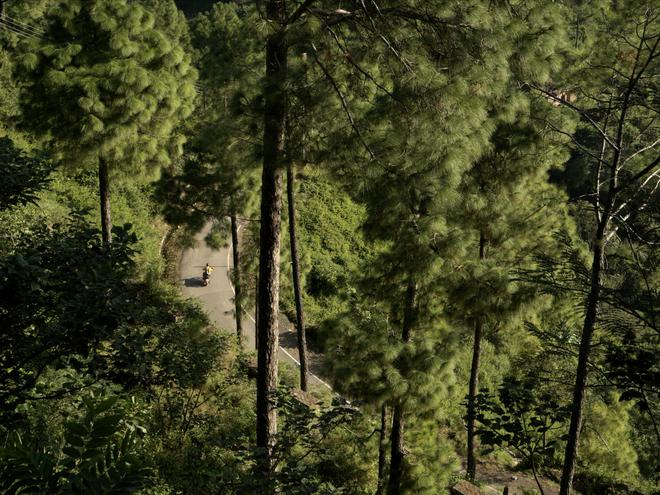
It is named after the Kashmiri word for fire and has been built to “celebrate Himalayan food culture”. Over 15 courses, diners at the intimate 18-seater restaurant will sample little bits from everything that this region has to offer. There will be charcuterie plates that highlight the lesser-known sausage-making culture along the Himalayan belt to fresh fish — carp and rainbow trout — from nearby rivers to Yak milk cheeses from the Zanskar Valley served with foraged wild berry jams, ciders and more.
Over the past eight years, including his time as executive chef at Masque in Mumbai (which entered Asia’s 50 Best Restaurants in 2021), he has been deep-diving into the diversity of ‘Indian’ food. “I keep finding new things — ingredients, stories, cooking techniques. And have come to strongly believe there’s no singular category such as ‘Indian’ food at all,” Sadhu says, on our walk in the forest, the spindly pine leaves shimmering like silver in the breeze. “Growing up, if anyone had asked me what a curry leaf was, I’d have said, ‘I have no idea.’ I might have even thought it is European,” he jokes. “Because there was no concept of it in my mother’s cooking at home.” That’s the wonderful thing for him. Therefore, it’s important for Sadhu that the 29 Indian states continue to tell their own “distinct but not disconnected stories of Indian food”.
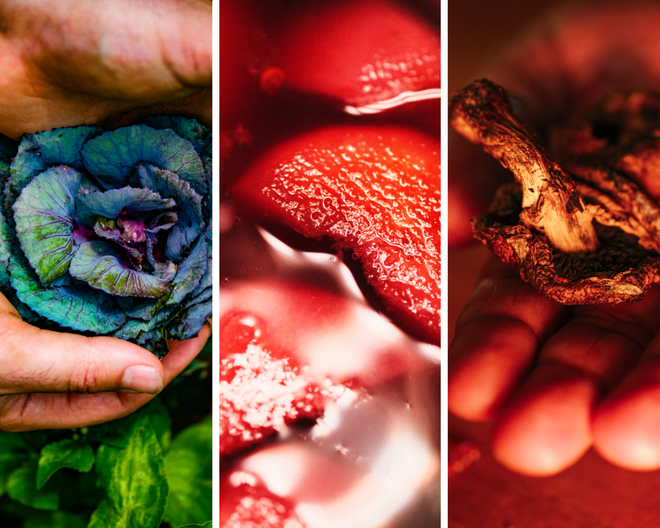
Cooking up the mountains
In the last two years, Sadhu has been trekking in forests tasting berries, blooms and shoots from across the Himalayan region. And occasionally taking breaks, popping into restaurant kitchens around the world to collaborate with other feted chefs, riffing on menus that reflect their individual culinary journeys and unique ingredients. But at the back of his mind, a little more than a year ago, he began to plot Naar, because he has always wanted to tell “the food story of the mountains”.
For 36-year-old Sadhu, who was born in Baramulla, near Srinagar in Kashmir, the mountains are home. “It’s emotional, it is where I belong. It is where I want to cook, live and die,” he earnestly admits. While it might look like a “crazy, random idea” to others, for him, “it is about doing something honest, at a place where I feel most connected,” he declares.
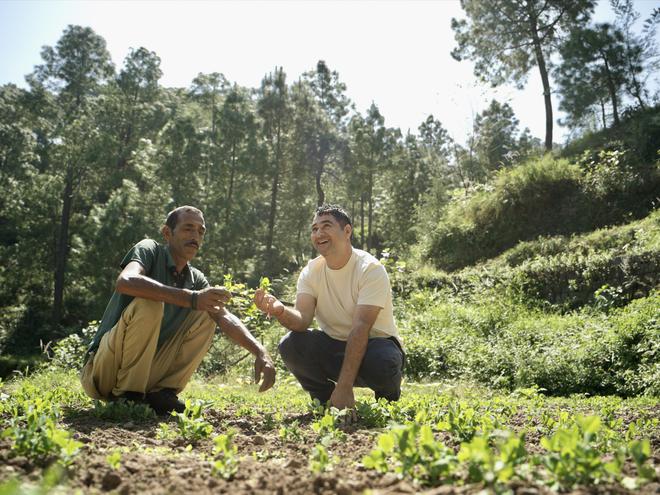
This time around, he will be channelling his time observing the way people from this region “really eat in their everyday”. He will direct these learnings into the foundations that build up the seasonal menus at Naar. While fine dining culture has made it seem like “foraging and fermenting are cool things, in this [Himalayan] region, it is born out of necessity”, he points out. “If you didn’t do these things for survival, you’d die.”
Necessity is just one of the three pillars of ‘Indian food’ for him, there’s also migration and evolution. “There were dynasties and people who came here, moved around, and who left their mark in terms of food. It was adopted and adapted by the locals and it evolved,” he says, offering up standard Indian food items such as the samosa, biryani and the idli as examples. Sadhu will be employing these three pillars to examine and execute the food from this particular region “because it has either been stereotyped or neglected” and present it on a plate “that is world-class”.
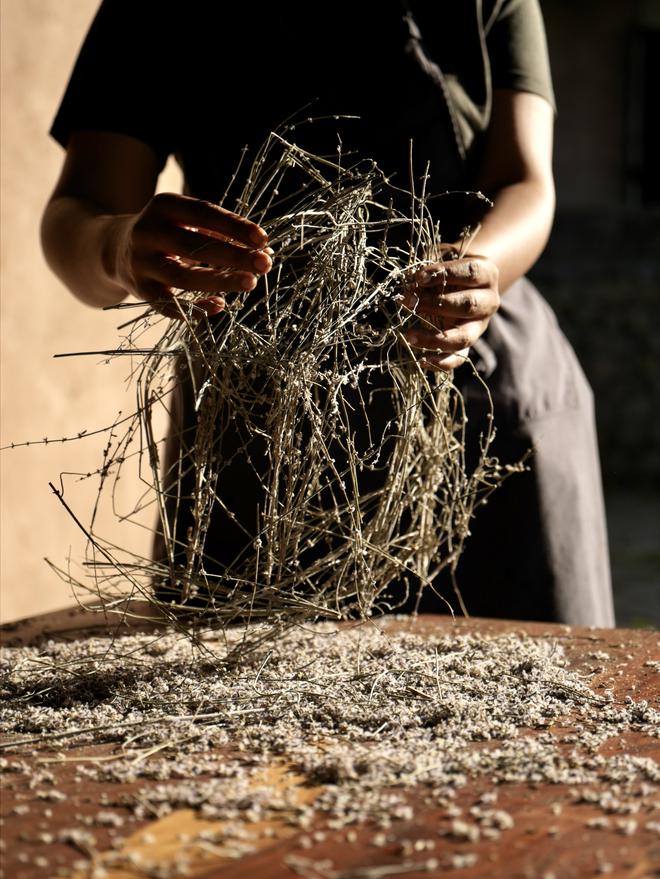
“A local fried Himachali tea-time snack of flour, water, jaggery, salt and crushed paneer called ekalu will be an inspiration for one of the small bites on the menu. But instead of paneer, we will use yak cheese to create a lighter version of it with pinecone salt dusted on top,” he explains.
He has been partnering with local foragers and has worked to create a map and figured out a system for collection and delivery through already existing networks of bus, truck and taxi drivers. “Foraged mushrooms like the lion’s mane and morels will be used to add a punch of umami to broths; pilikte berries — wild, red and found in thorny bushes — will be used as souring agents, and greens like ghandoli, aem, dudhai, sokana among others will lend their fresh, sharp bite to different dishes.”
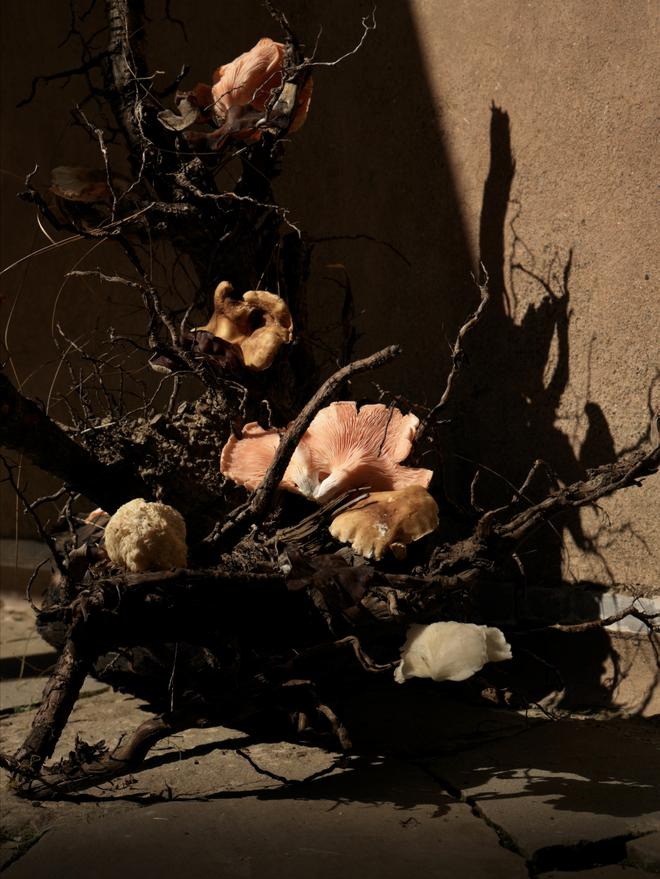
Leading by example at Naar
With Naar, “an audacious and challenging” next step, Sadhu has set out to create a “destination restaurant just like the ones in secluded spots in Europe”, such as Massimo Bottura’s Osteria Francescana in Italy.
He understands it is a “big financial risk”. But along with his business partner, Deepak Gupta [owner of Amaya], he has decided to invest in it himself. “I understand it’s going to be challenging to get guests to come here, but it’s a two-hour drive from Chandigarh’s airport to this beauty,” he says, smiling, and pausing to let the divine views around us do the marketing for him.
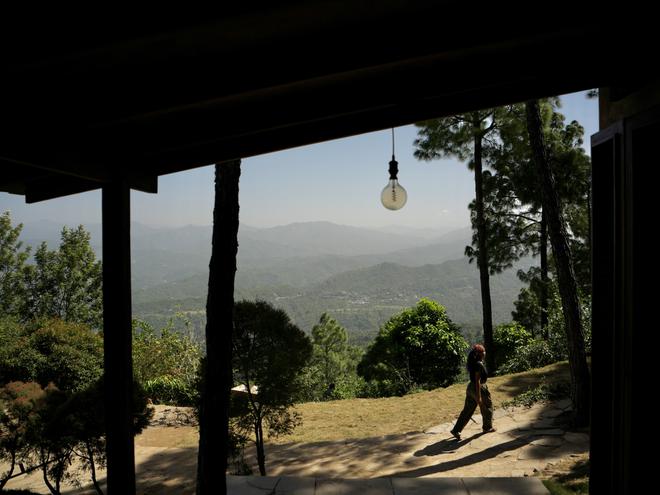
But this chef is also determined to lay out the table for other chefs to join him in this adventure. “Even if I fail in this project, I firmly believe that I would have done my job of setting the stage for someone else to create something like this in the future.” Sadhu strongly believes that these kinds of experiments are very important for the growth of “the vibrant but small food community”.
Enter Sadhu’s sandbox
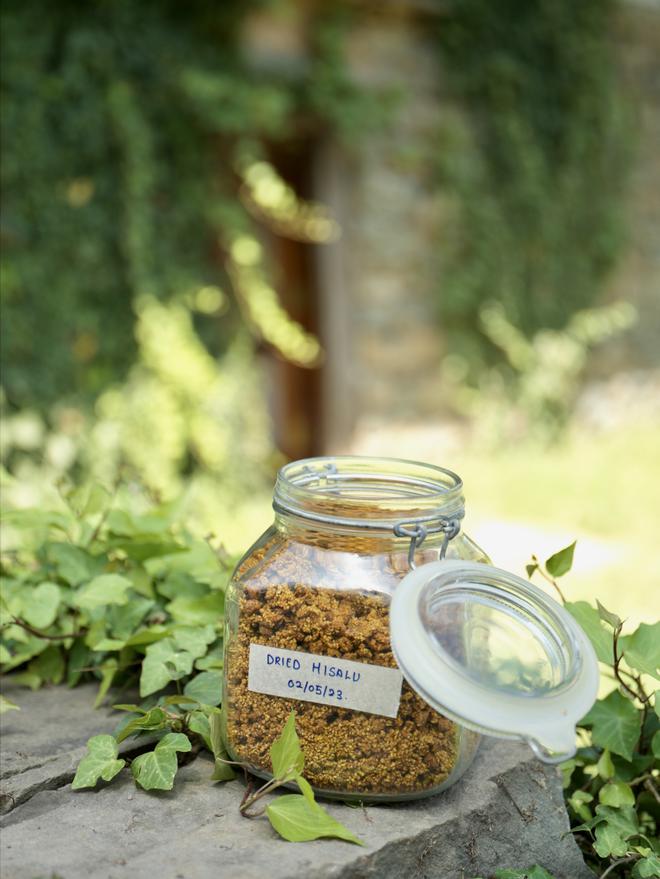
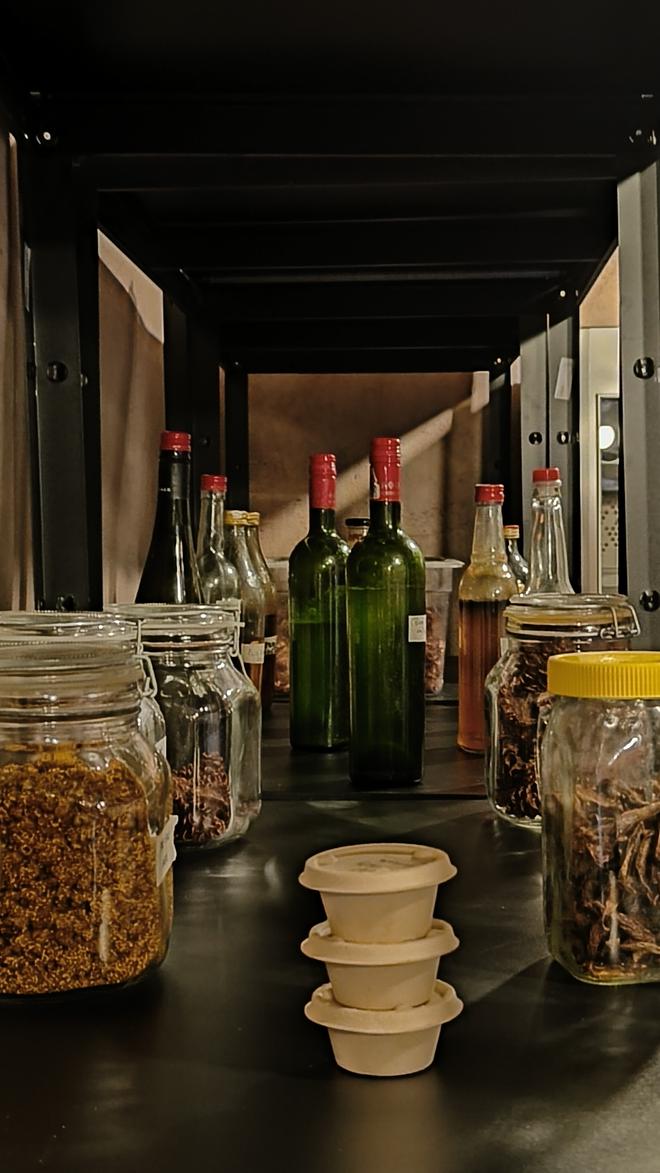
Sukti and khasta roti
Our short-edit selections from Naar’s upcoming fall tasting menu starts in the salon, with its dusty rose walls, leather cushions on low-seating, pinecone centrepieces and a warming fireplace. Naar is constructed with “similar architectural notes” as Amaya’s aesthetic (which is designed by architect Bijoy Jain of Studio Mumbai) and uses locally-sourced materials such as limestone, wood, and marble.
Highlights of the meal include a charcoal-grilled pickled tree tomato — an egg-shaped, tart and tangy fruit from the regions of Darjeeling and Sikkim — that sits in a stock extracted from a lemon-chilli chutney, and a rainbow trout from a nearby river. It’s been poached in its own fat at 60 degrees and placed in a brew. “The liquid is my take on sukti, a fermented fish paste that is extremely popular in Arunachal Pradesh and Manipur, and can be found in all of their markets. It used to add umami to dishes, and also a way to use all the parts of the fish,” he tells us. “Circularity and nose-to-tail eating has been an integral part of the food culture of this region.”
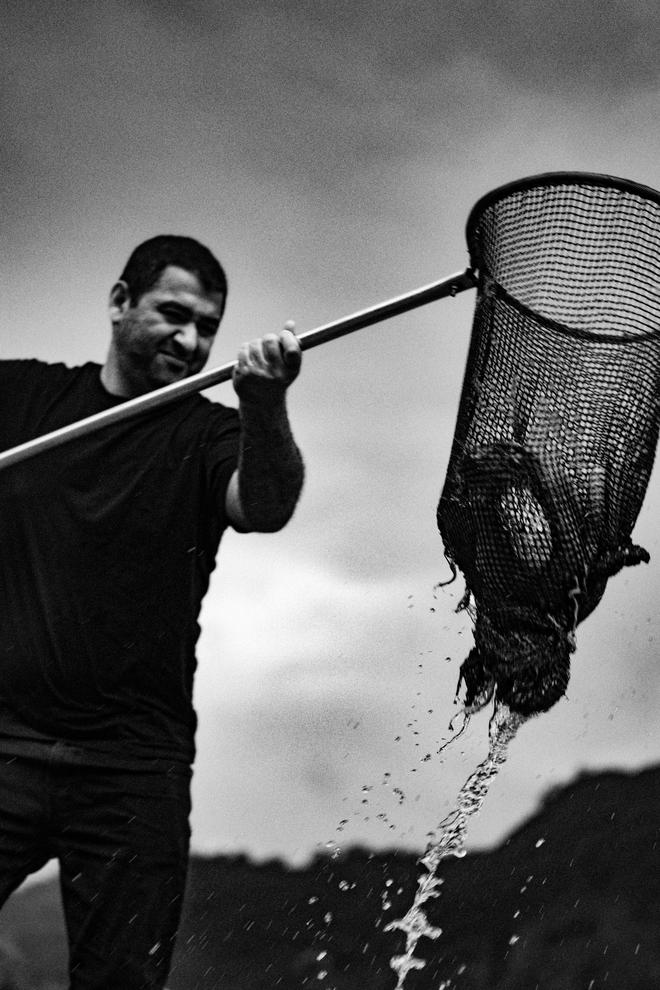
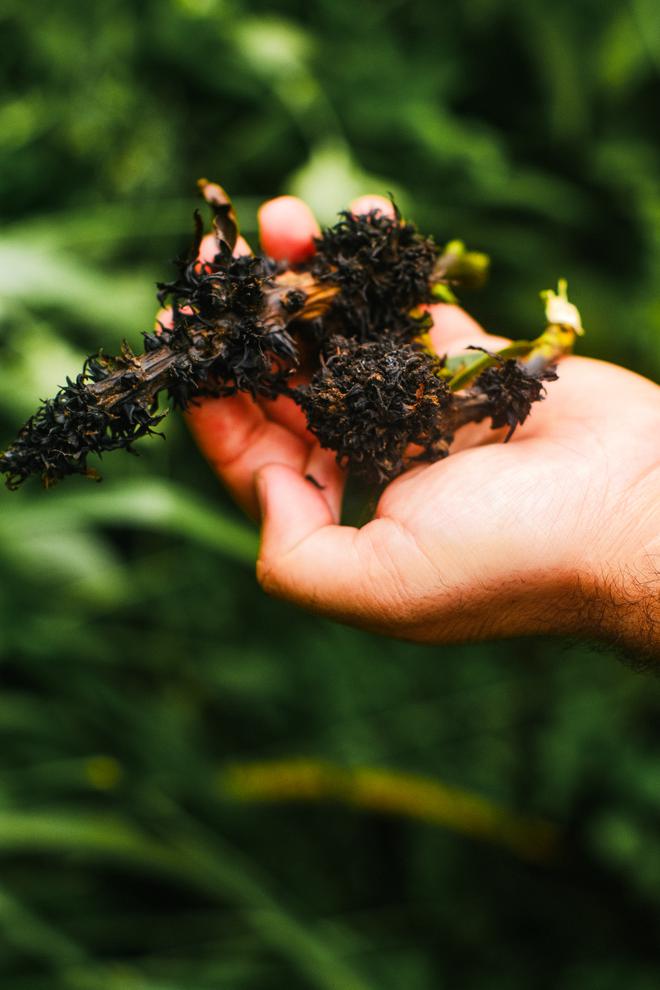
There’s also juicy slices of brined pork neck — “one of my favourite parts of the pig” — surrounded by “a chutney of apricots from Ladakh, bits of bamboo shoot from Manipur fermented in-house, a chutney from Kashmiri tamarinds, diced apples from Himachal Pradesh and Uttarakhand’s famous bhang ki chutney”. It is served with the flakiest khasta roti cooked in a fig leaf with fresh butter dusted with pine salt. I’d love a take-away tub of that smooth and sublime butter.
Sadhu has warmly extended an invitation with Naar. “You are wrapped up by the mountains, we’re cooking the mountains and you’re eating it,” he assures. So, we’ll be back. Do you want to come along, next time?
Naar is open Mondays-Sundays, for dinner, and every Friday, Saturday and Sunday for lunch.
The author is Bengaluru-based poet and writer.







